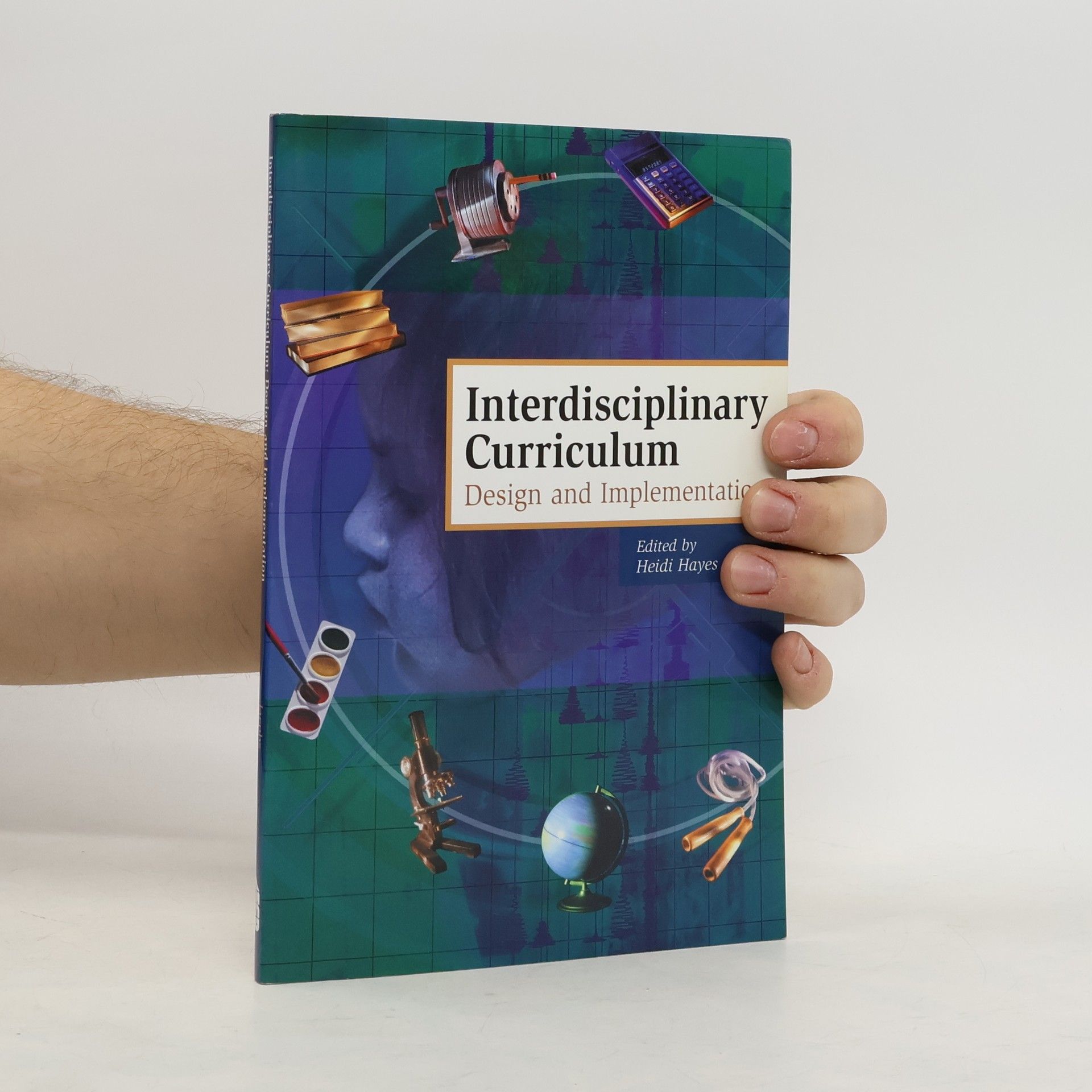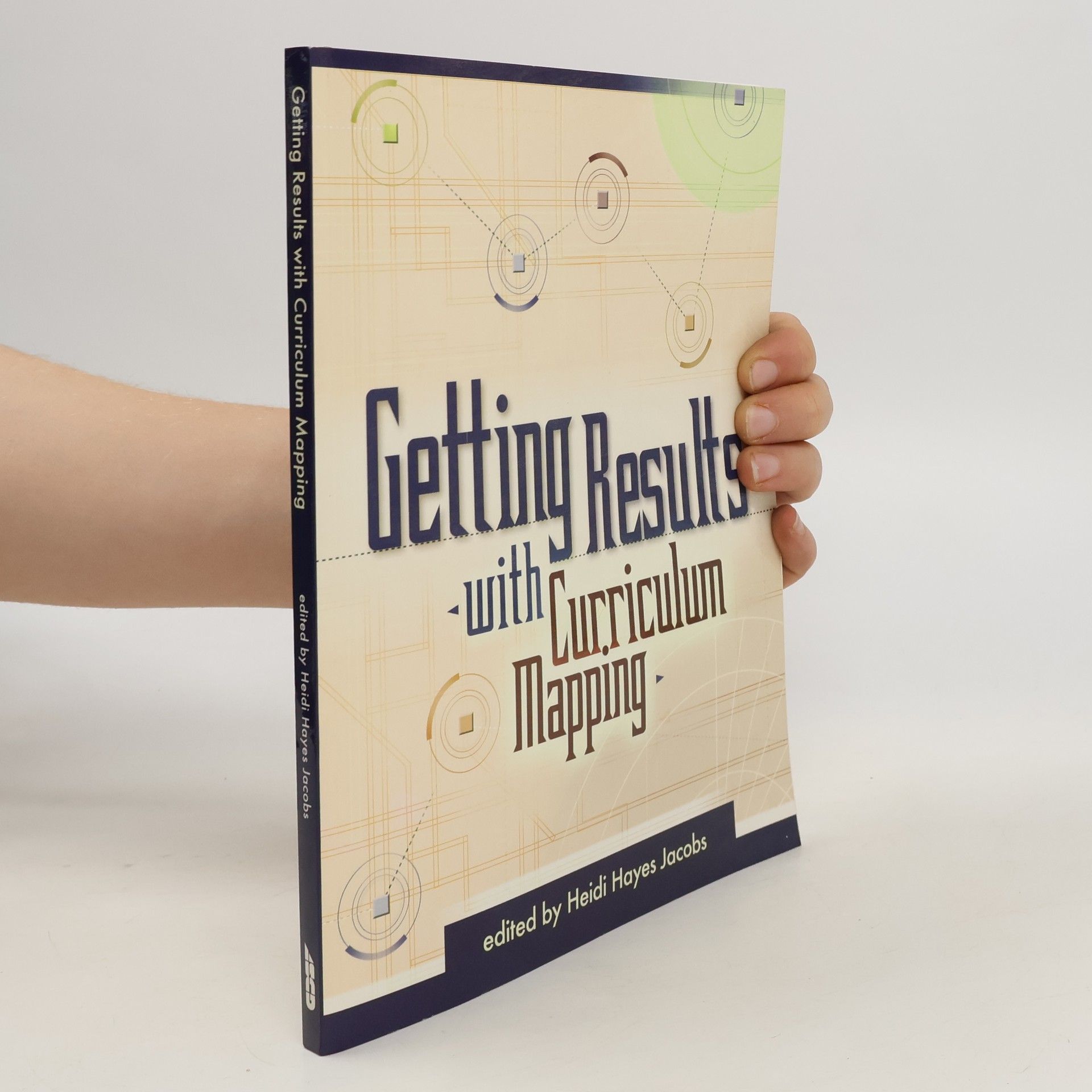Active Literacy Across the Curriculum
- 168pagine
- 6 ore di lettura
First edition published by Eye On Education 2006--T.p. verso.
La Dott.ssa Heidi Hayes Jacobs è un'autrice e una leader riconosciuta a livello internazionale nel campo dell'istruzione, celebrata per il suo lavoro pionieristico nella mappatura curriculare, nell'integrazione curriculare e nello sviluppo di approcci didattici e di apprendimento del XXI secolo. In qualità di presidente di Curriculum Designers, Inc. e Direttore Esecutivo del Curriculum Mapping Institute, ha guidato innumerevoli scuole a livello globale. Il suo focus è sulla riforma curriculare, sulle strategie didattiche che promuovono il pensiero critico e sulla pianificazione strategica. La Dott.ssa Jacobs si dedica a modernizzare le pratiche educative per soddisfare le esigenze contemporanee e future.





First edition published by Eye On Education 2006--T.p. verso.
Focusing on the urgent need for curriculum reform, Heidi Hayes Jacobs emphasizes the importance of preparing students for contemporary challenges rather than outdated standards. She outlines essential areas for improvement, including content assessment, program structures, technology integration, media literacy, globalization, sustainability, and developing critical thinking habits. By collaborating with education leaders, Jacobs provides a comprehensive framework for transforming K-12 education into dynamic learning organizations that reflect current realities and future demands.
Curriculum mapping is said to remove the clutter that may interfere with learning and teaching. It sorts lessons and units into consistent plans that teachers, schools, and districts can access to ensure content is consistent and also progresses along with students. Jacobs and her contributors describe how to set up a mapping project, work on the project as a team, and use mapping in special settings such as in an independent or alternative school. They show how to create consistent benchmarks and use the resulting maps to integrate new technology, new data, decision-making structures, and staff development opportunities. The appendices include samples.Preparing educators to implement mapping procedures, * Using software to create unique mapping databases, * Integrating decision-making structures and staff development initiatives through mapping, * Helping school communities adjust to new curriculum review processes, and * Making mapping an integral part of literacy training.
An introduction to an interdisciplinary approach in education explores six design options for an interdisciplinary curriculum and offers a process for integrating the teaching of science, math, language arts, social studies, and the arts.